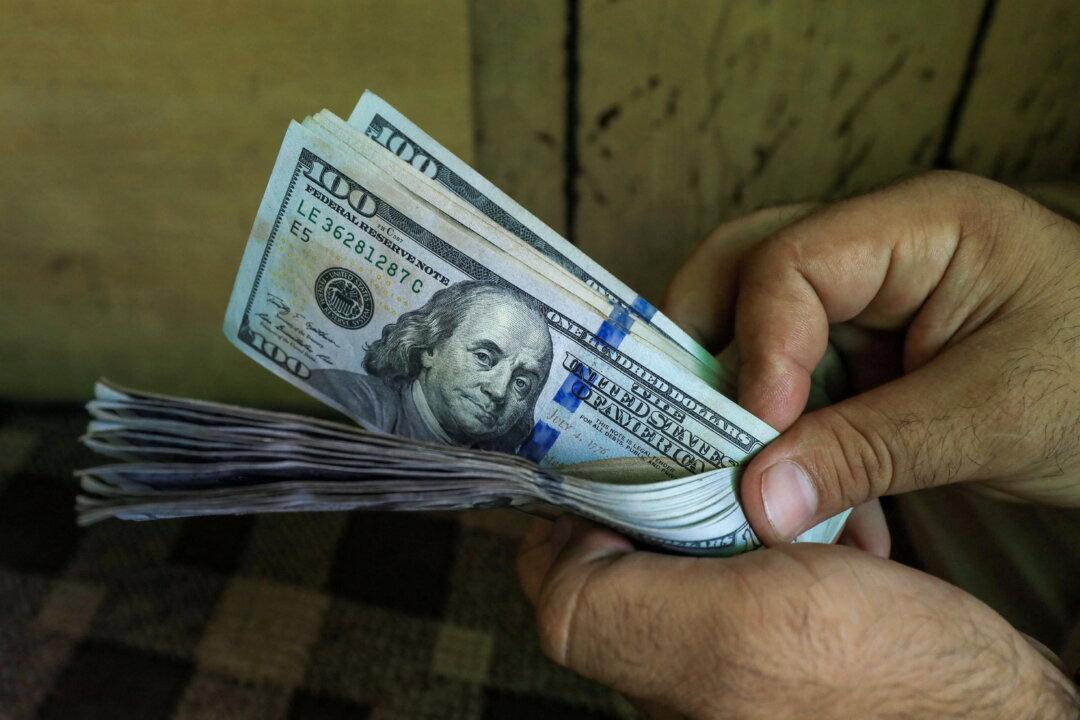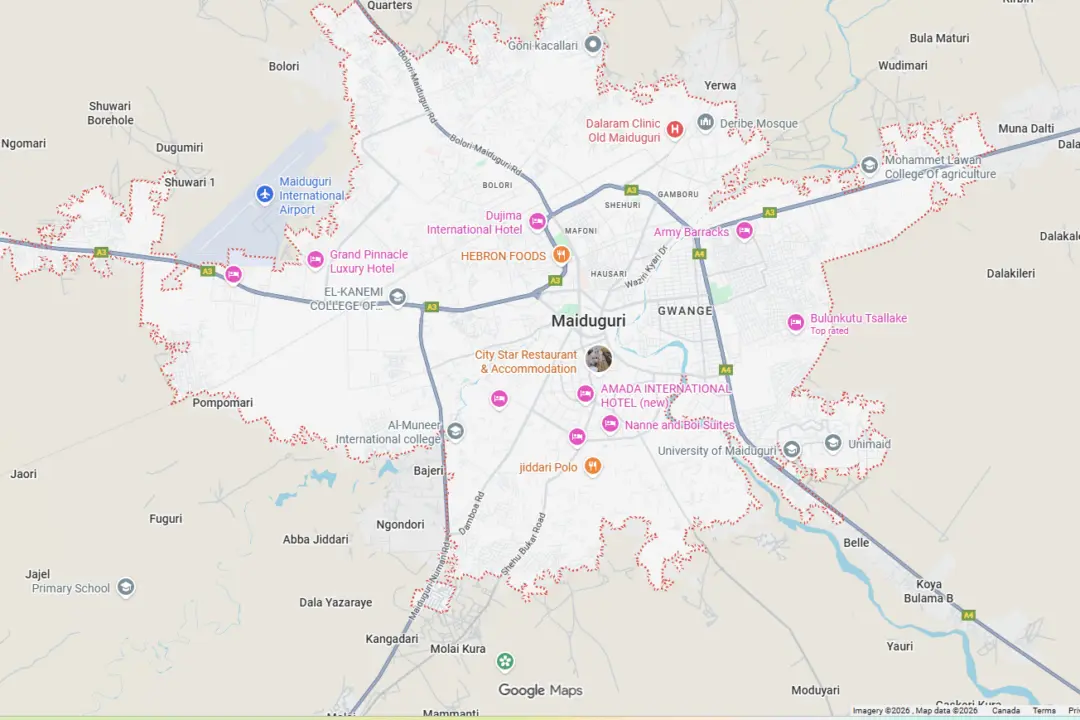LONDON—The dollar eased on Friday but stayed on track for a third straight weekly gain, as markets raised bets on higher-for-longer interest rates to curb sticky inflation and nervously awaited resolution of last-ditch talks on the U.S. debt ceiling.
Apparent progress on Thursday in the talks between President Joe Biden and top congressional Republican Kevin McCarthy helped ease jitters, but markets stayed on edge over any risk of a default ahead of a long bank holiday weekend in the U.S.





